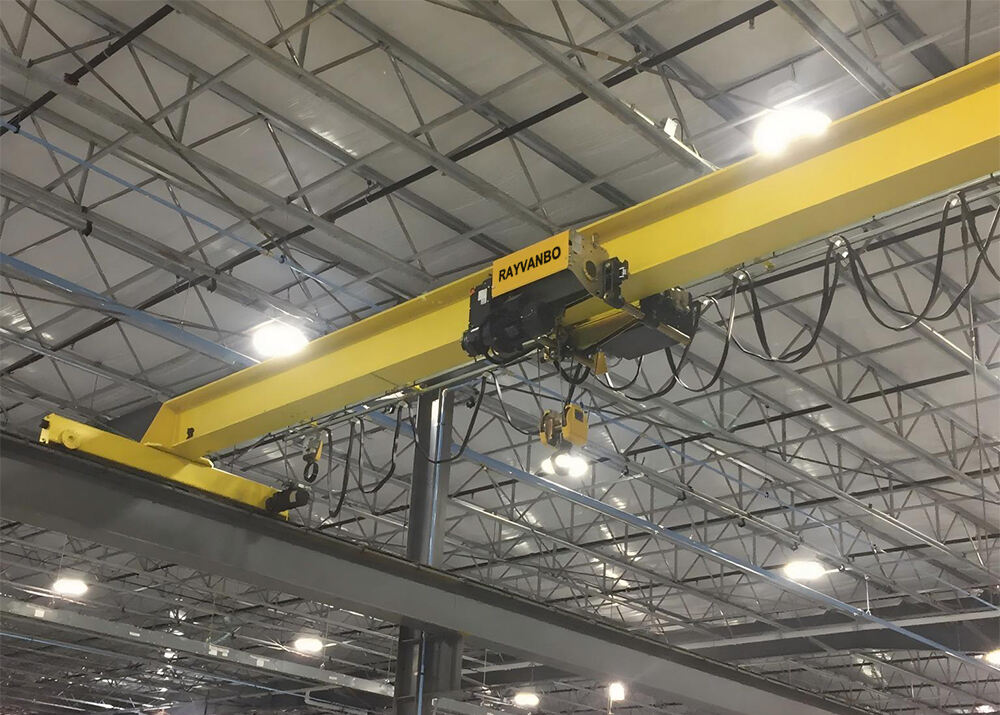Cranes and electric hoists are indispensable devices for lifting operations. So, what is the relationship between them?The relationship between electric hoists and cranes requires analysis based on their functions, structures, and application scenarios. The following are conclusions drawn from the relevant findings:

1. Definition and Functional Differentiation
Electric hoist:Electric hoists are lightweight, small-sized lifting devices consisting of an electric motor, transmission mechanism, drum or sprocket, and other components. They are primarily used for vertical lifting and short-distance horizontal movement. Characterized by their compact size, light weight, and ease of operation, they are suitable for lifting light cargo in factories, warehouses, docks, and other locations.
Crane: Cranes are machines that operate in a cyclic, intermittent manner, capable of three-dimensional movement (up and down, forward and backward, and left and right), enabling them to accomplish more complex lifting tasks. Common crane types include single-girder, double-girder, and gantry cranes, typically consisting of an electric hoist, a metal structure (such as a main beam and end beams), and a traveling mechanism.
2. The Relationship Between Electric Hoists and Cranes
Electric hoists are the core components of cranes: Installed as a lifting mechanism on cranes (such as single-girder cranes and gantry cranes), electric hoists are responsible for vertical lifting and lowering. For example, a single-girder crane requires an electric hoist to achieve full lifting functionality.
Differences When Used Alone:when used alone, an electric hoist can only move in one direction or two dimensions (e.g., up and down plus horizontally along the track) and cannot achieve full range of motion like a crane.
Only when an electric hoist is combined with other structures (e.g., main beam, traveling mechanism) does the entire device constitute a crane.
3. Classification and Definition of Special Equipment
Classification Differences: Electric hoists can be categorized by structure as wire rope or chain type; cranes are categorized by type as single-beam, double-beam, and gantry.
Special Equipment Designation: Electric hoists alone are generally not directly classified as special equipment. However, when used with single-beam cranes, bridge cranes, and other equipment with a lifting capacity of 3 tons or more, the entire device is considered special equipment.
4. Performance and Application Comparison
Load Capacity: Electric hoists are generally suitable for light lifting of 0.1-80 tons, while cranes (e.g., double-beam and gantry cranes) can carry hundreds of tons.
Application Scenario: Electric hoists are primarily used for light work in workshops, warehouses, and other locations.
Cranes are widely used in heavy-duty applications such as construction sites, ports, and large-scale manufacturing.
In summary: Electric hoists are not standalone cranes, but rather a key component of cranes. Only when the electric hoist is combined with other components (such as the main beam and travel mechanism) does the entire system form a complete crane system. The two differ significantly in function, structure, and application scope, and should be differentiated based on specific usage scenarios and needs.
 Hot News
Hot News2025-12-23
2025-12-19
2025-12-19
2025-12-12
2025-12-12
2025-12-05